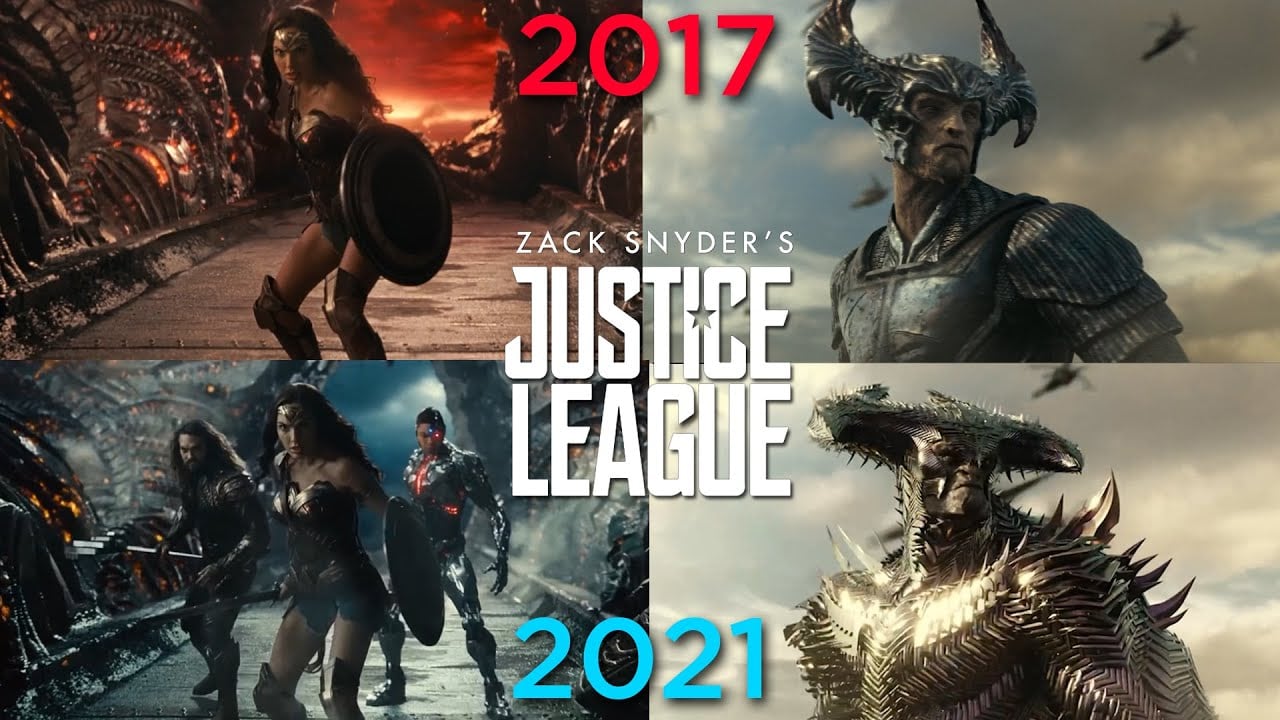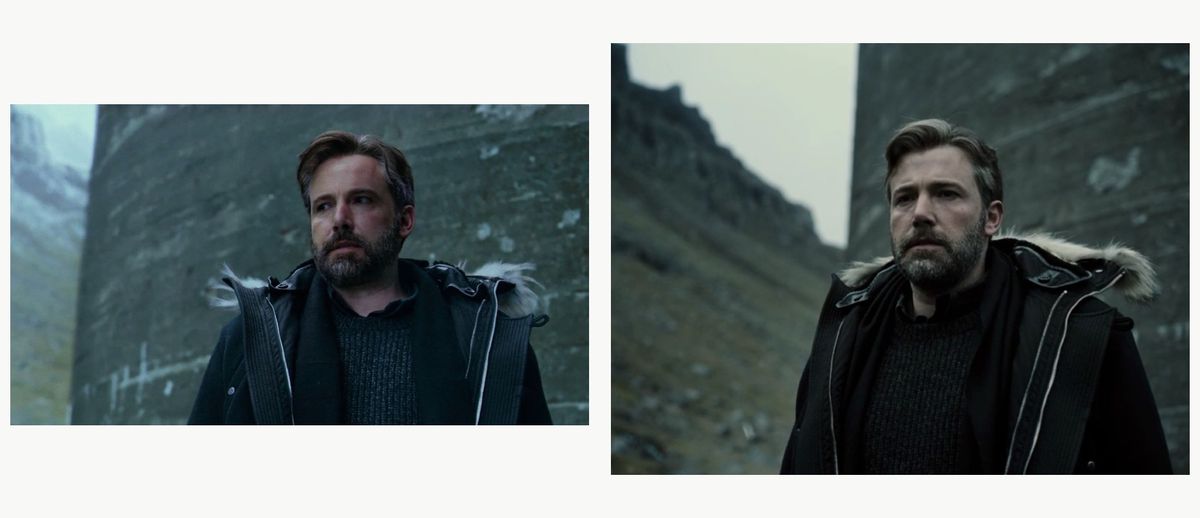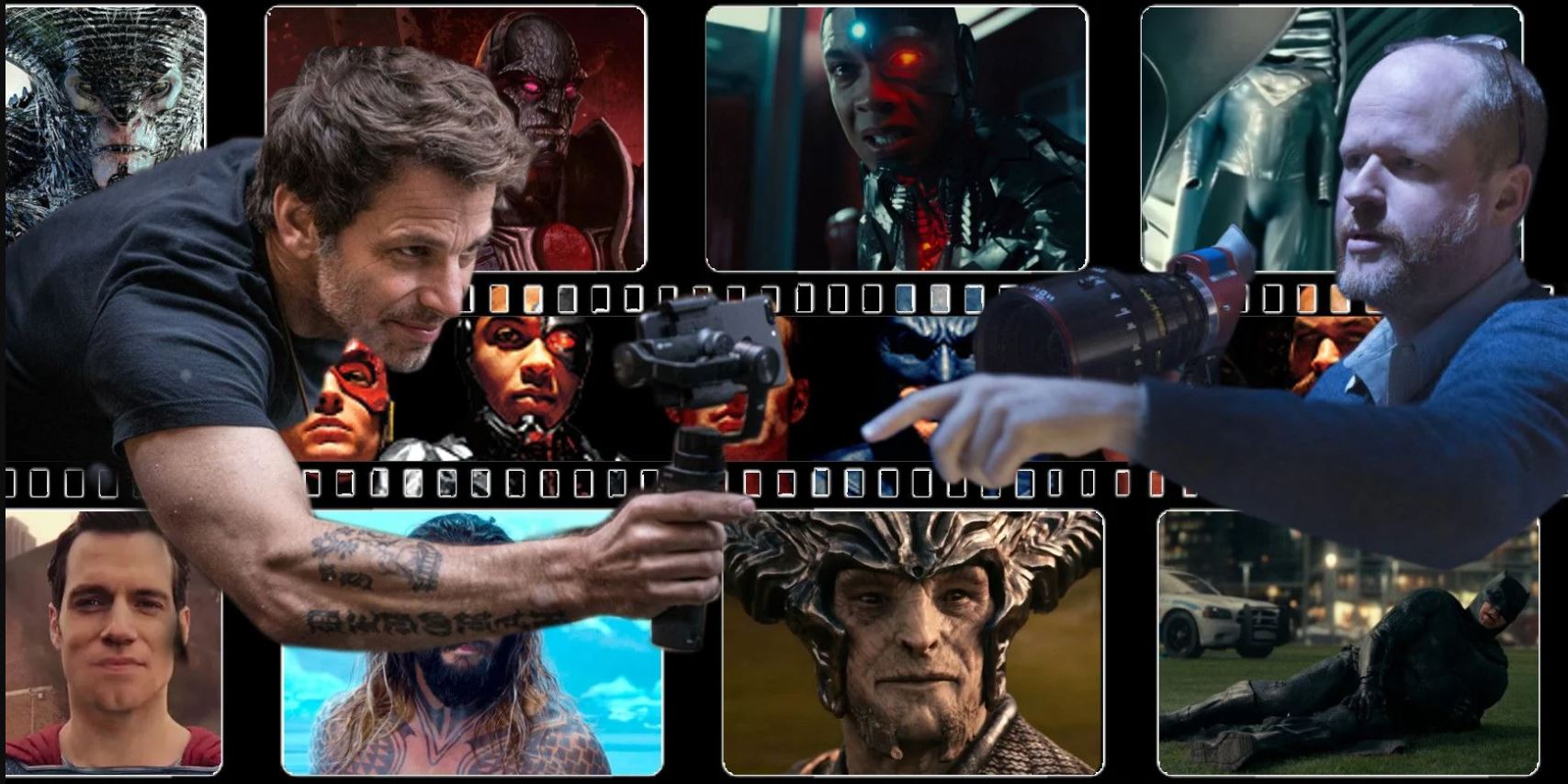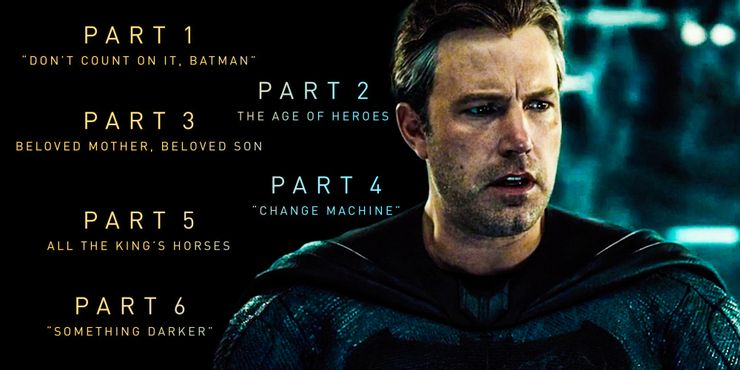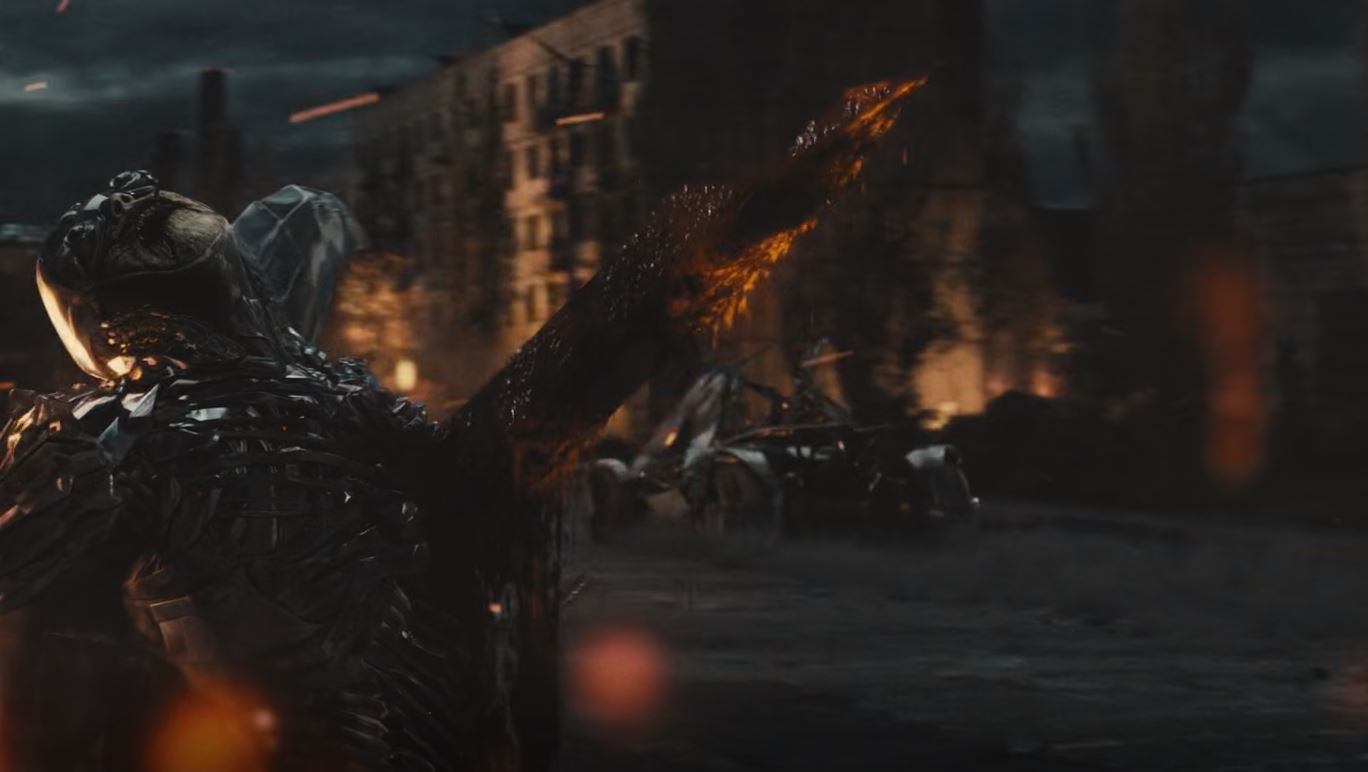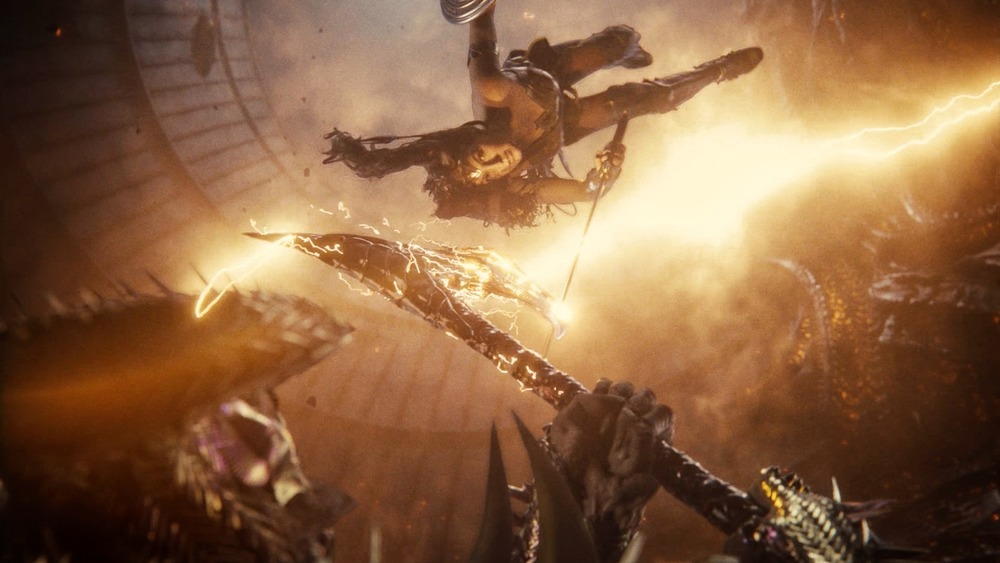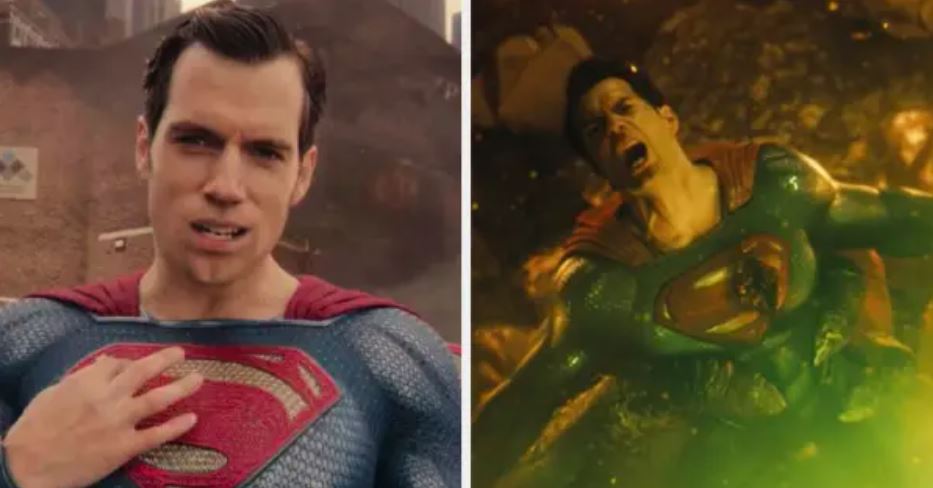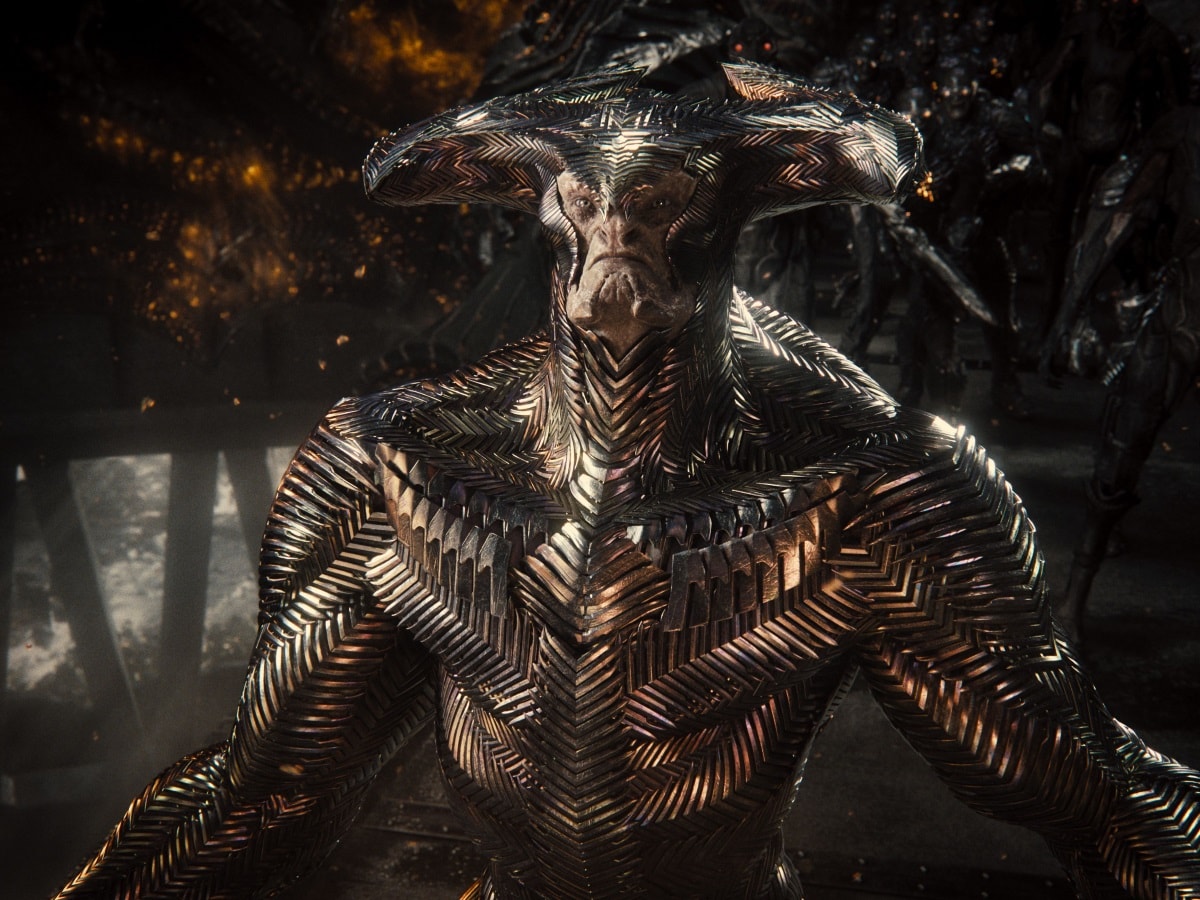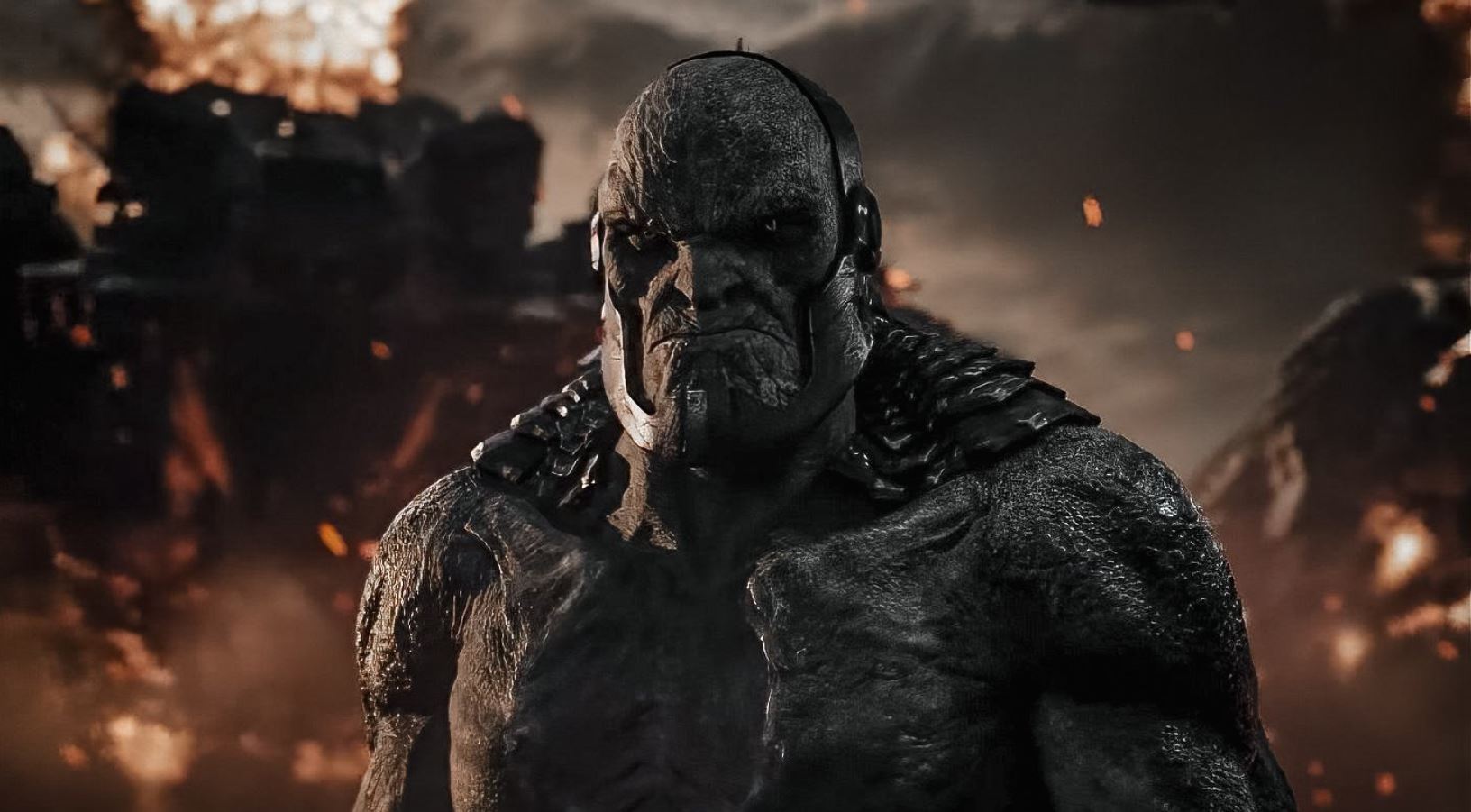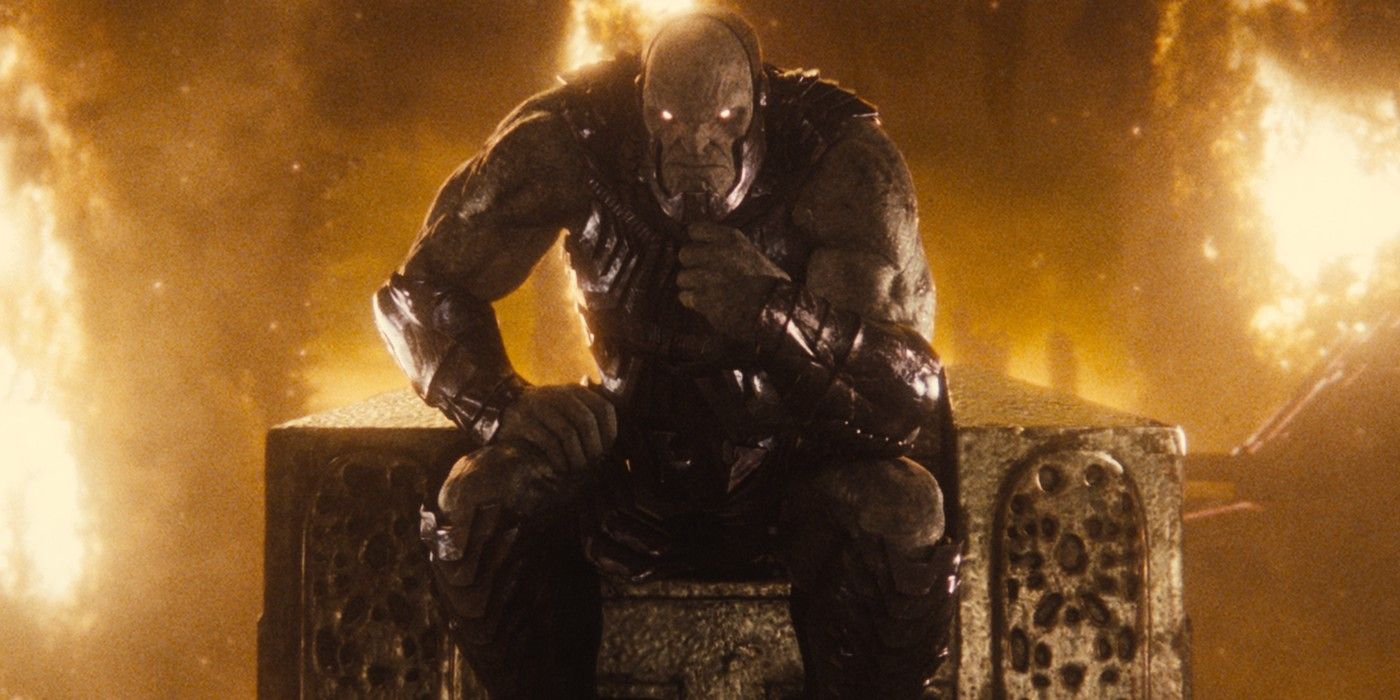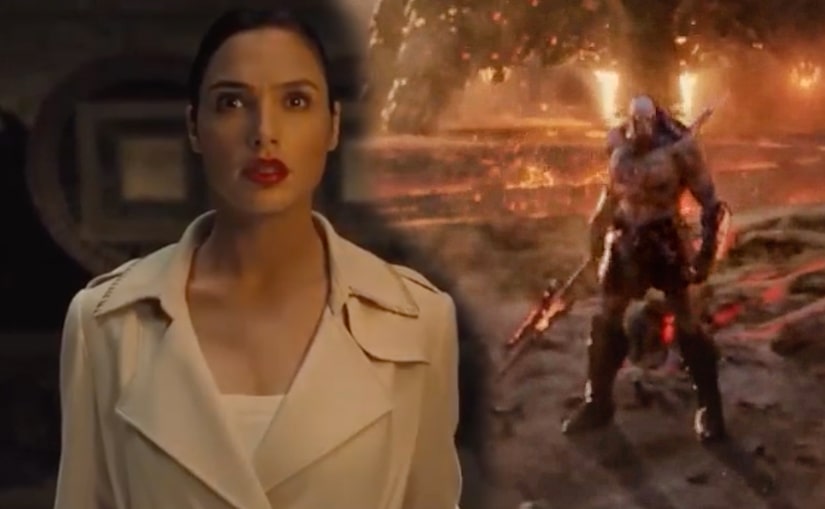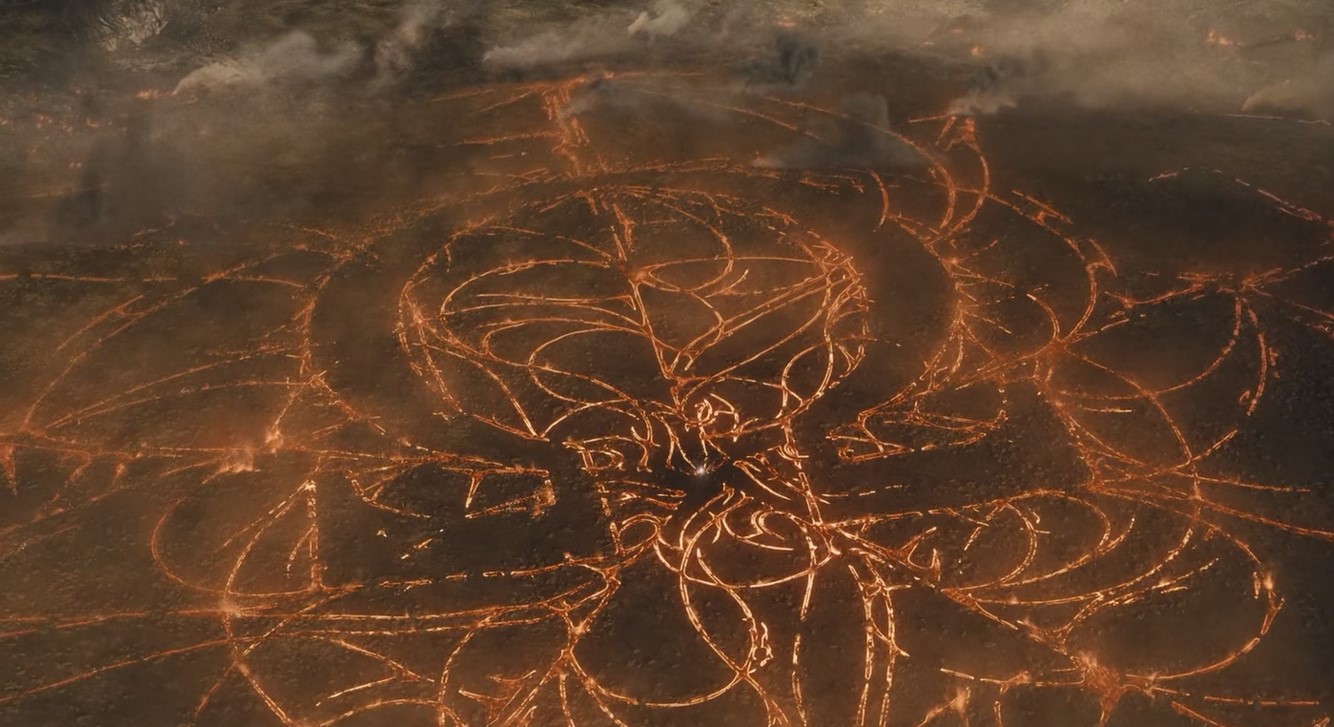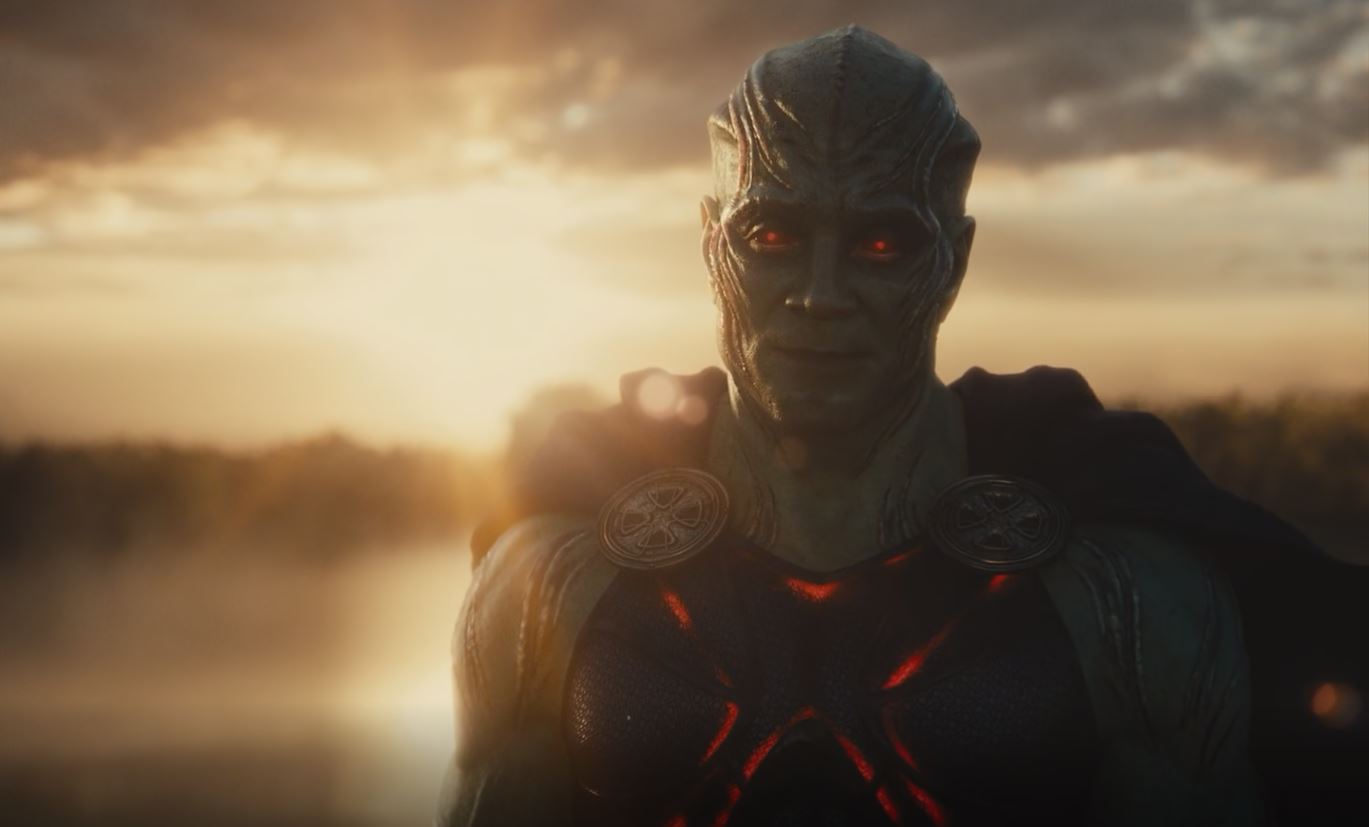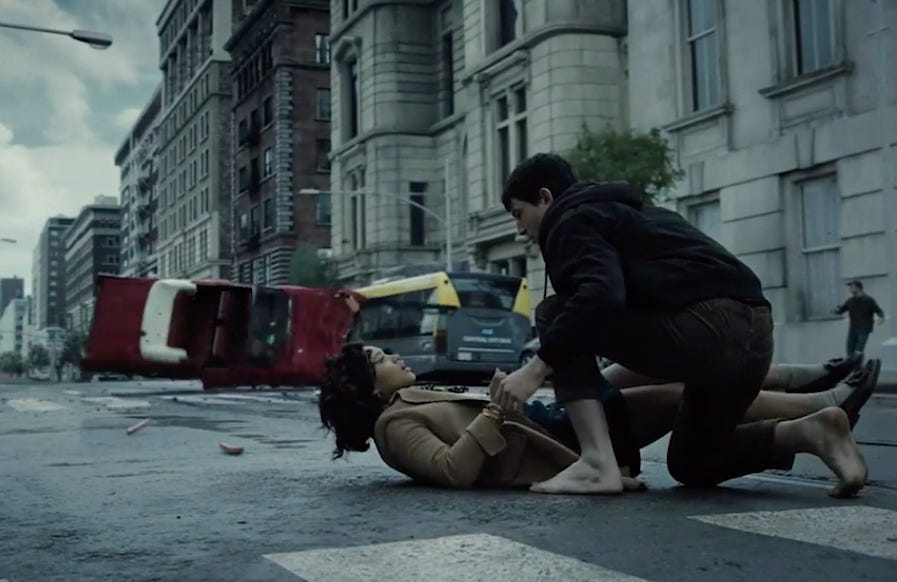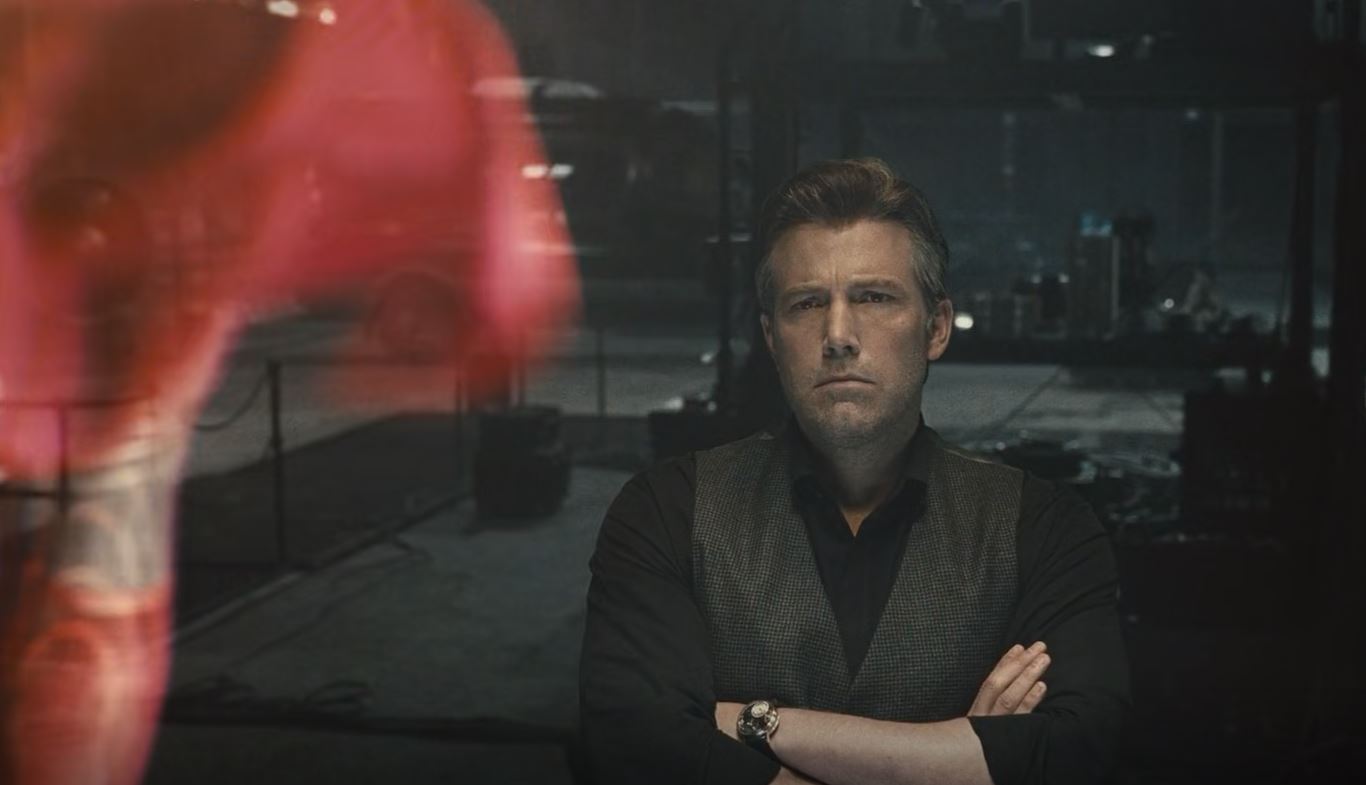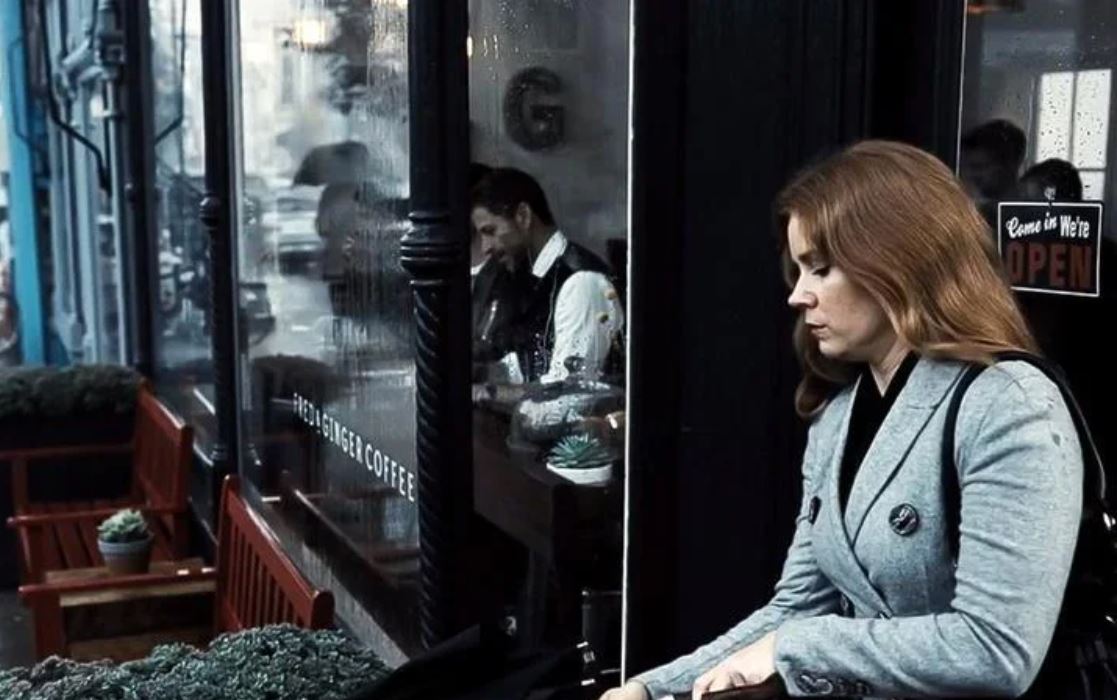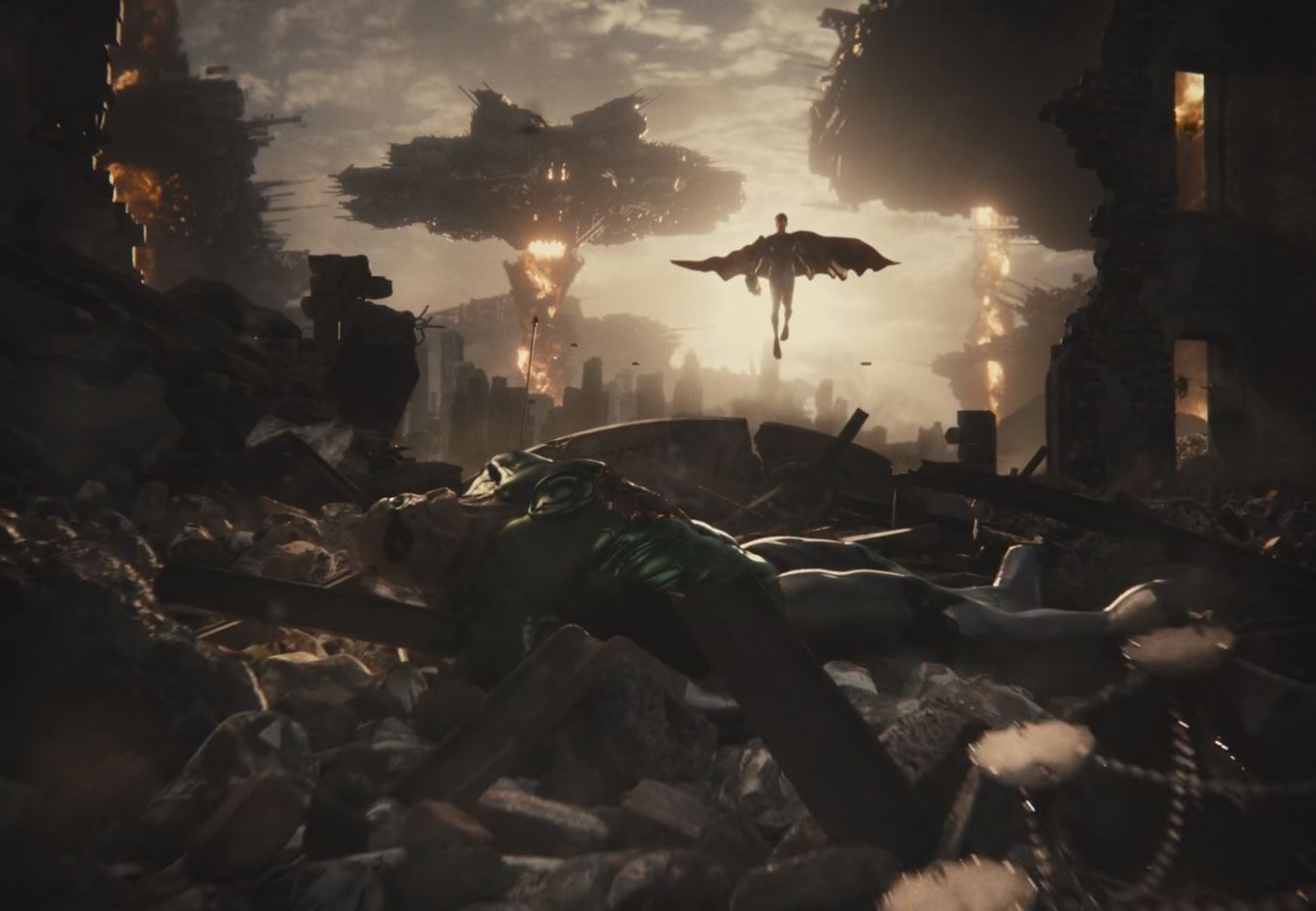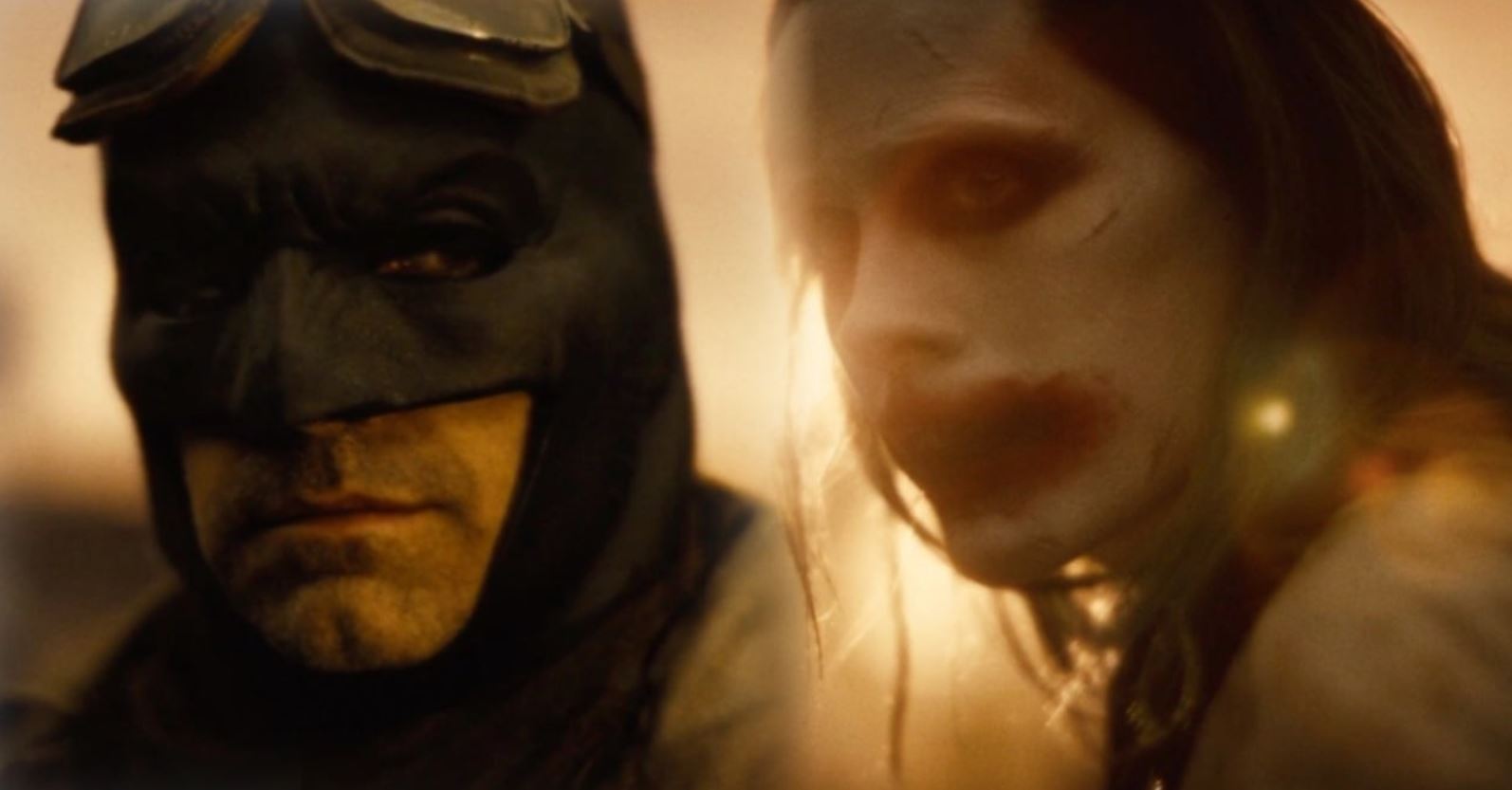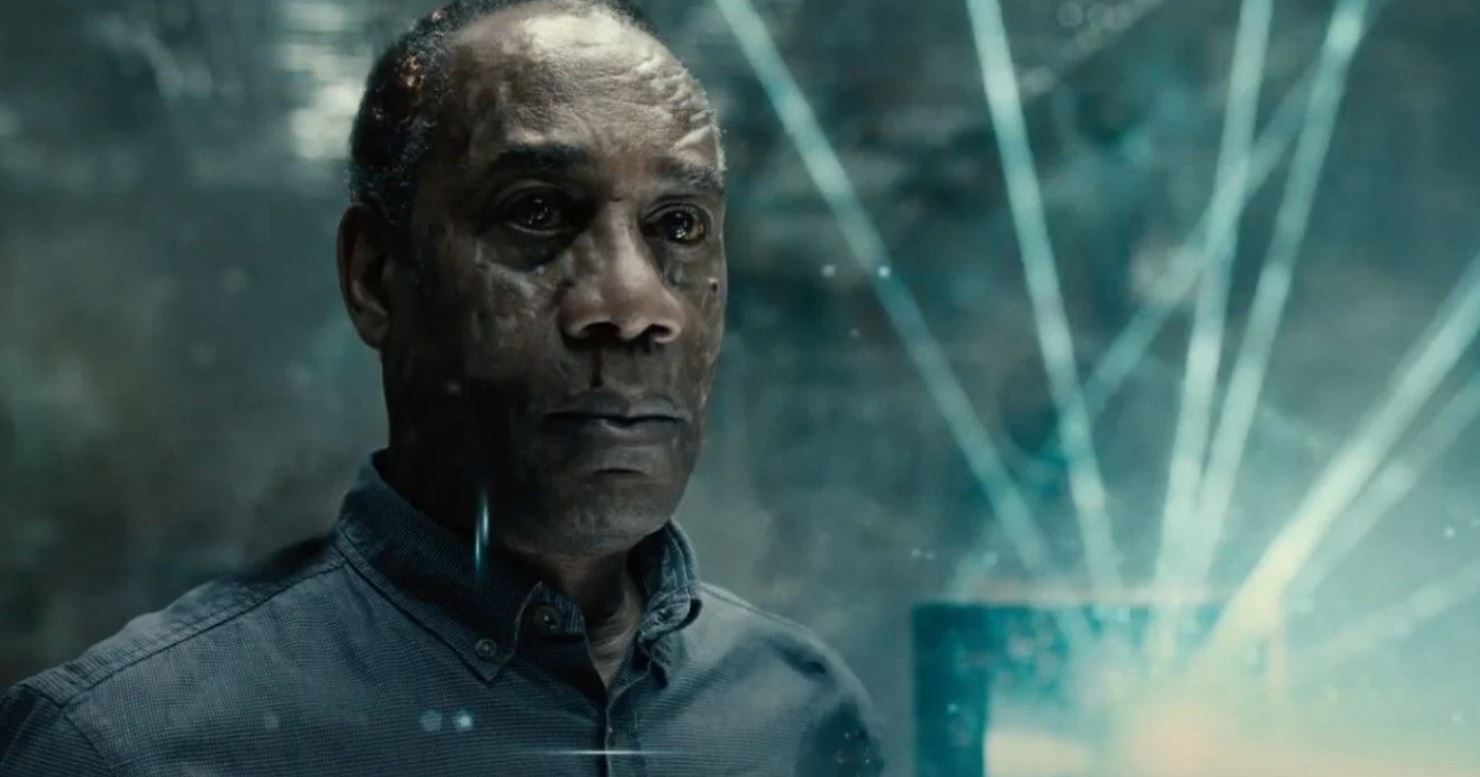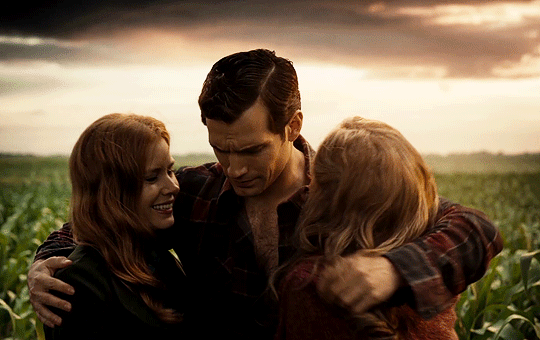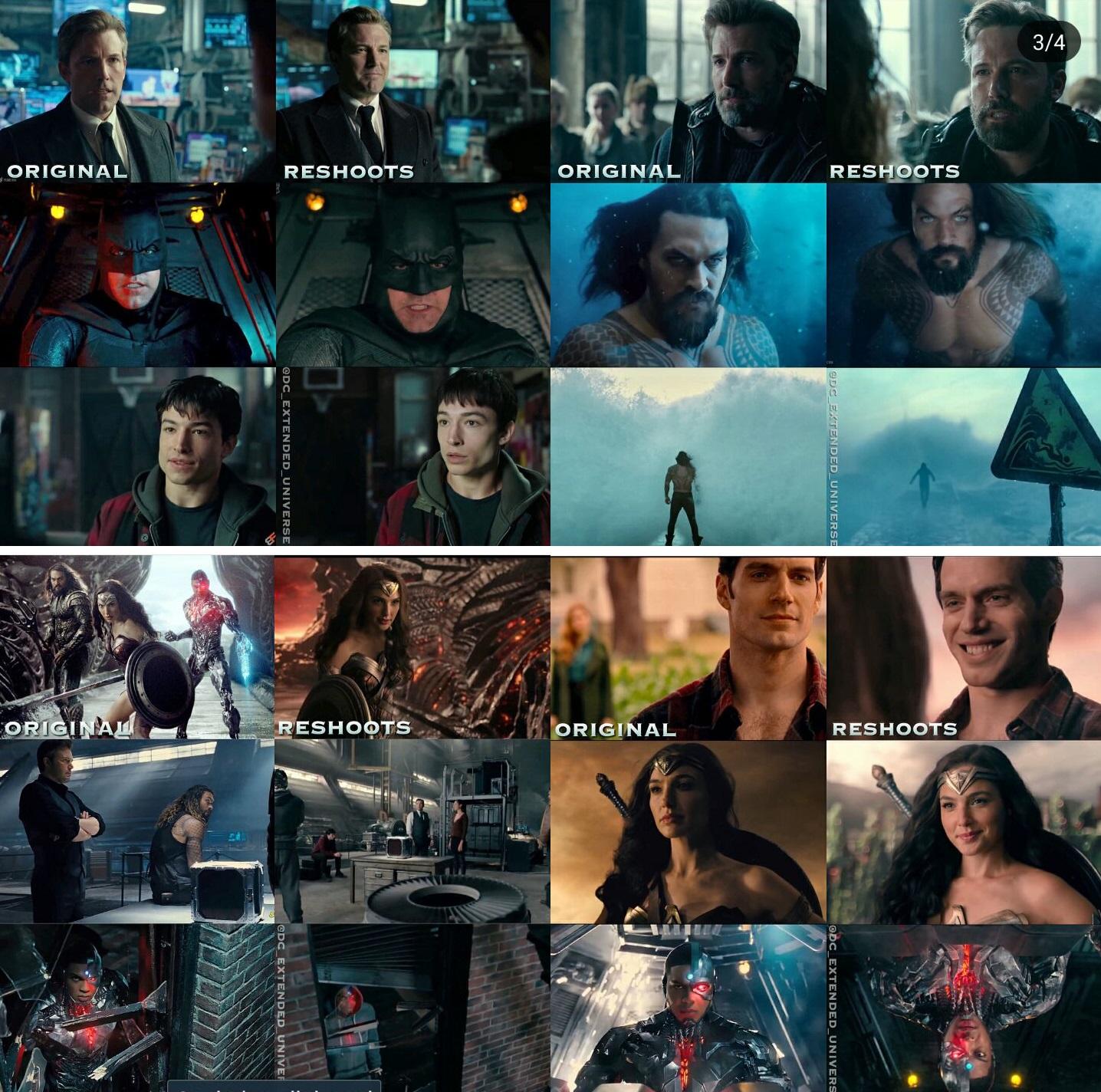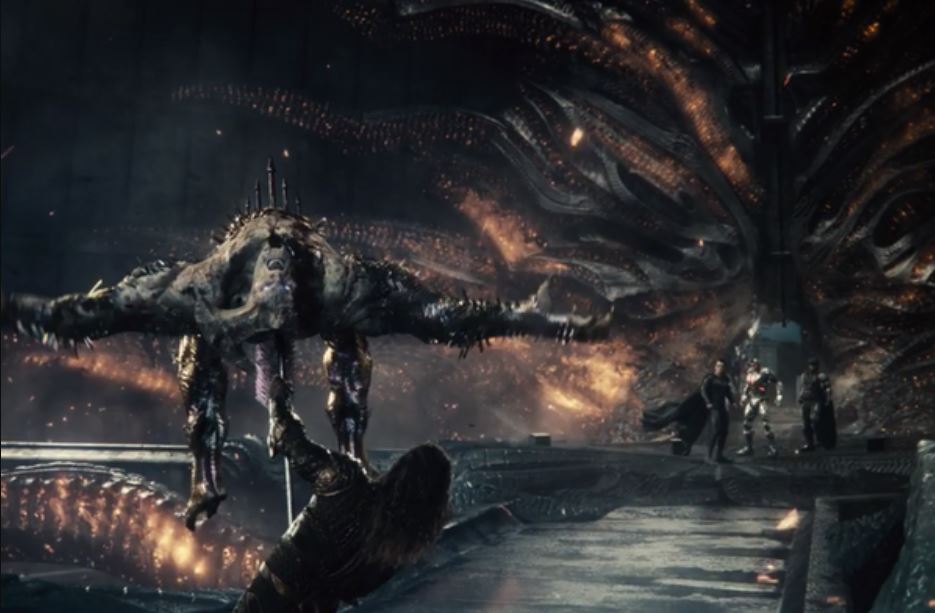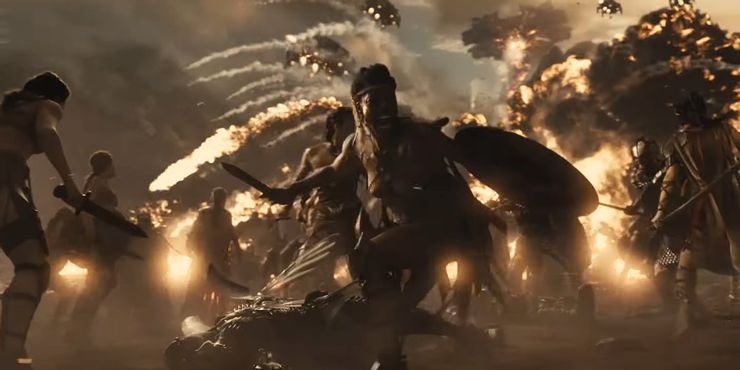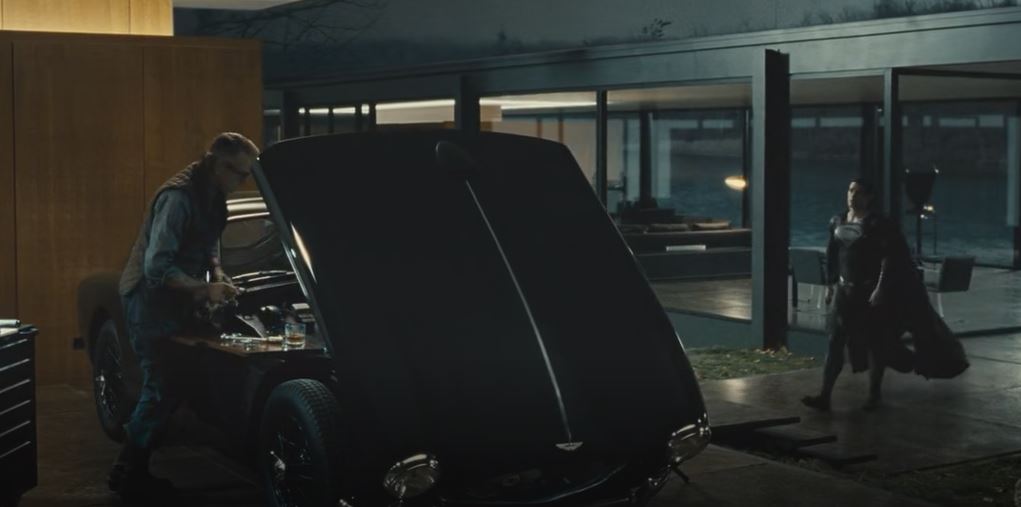Viewers are raving about Zack Snyder’s Justice League. Everyone’s demanding Warner Bros. to #RestoretheSnyderverse. The longer run time allows the story to breathe. The characters get proper development. And after spotting so many amazing details in the Snyder Cut, I certainly want more from this particular faction of the DCEU. I just don’t understand how Snyder’s material was deemed unwatchable and Joss Whedon’s fast-paced underdeveloped story was released at the theatres. I mean, both films are totally different. And, the differences you see in the film are quite apparent. Here are 35 major differences that I spotted:
-
The Aspect Ratio
Joss Whedon’s original’s aspect ratio was the typical widescreen 16:9 that most films present. As for the Snyder Cut, we got the 4:3 IMAX aspect ratio throughout. Switching from 4:3 to 16:9 constantly during the film can really put you off of your viewing experience. So, it’s good that Snyder kept it constant. The reason behind it is that Snyder thinks of these heroes as stoic figures of inspiration. So, the 4:3 ratio gave us more information and presented heroes that you look up to. Sadly, we won’t get IMAX screenings to fully appreciate it.
-
Color & Contrast
To make the film seem lighter in tone, Joss Whedon made the shots more colorful and brighter. But Snyder used a subtle, high contrast color grade which looked much smoother and natural.
-
The Run-Time
The studio had mandated Whedon to keep the film down to 2 hours. Hence everything Snyder shot was shortened or completely reshot. Geoff Johns and Whedon wrote different scenes that would fit the 120-minute runtime. But Snyder gave us a 4-hour long meal that allowed every scene to be digested properly.
-
Chapters
With the added run time, Snyder divided the film into 6 chapters which were followed by an epilogue setting up the future. It allowed the viewers to kinda watch the film as a binge-worthy series allowing them to take breaks between chapters.
-
The Score
Tom Holkenborg aka Junkie XL was supposed to score Justice League. But he was replaced by Danny Elfman when Whedon took over. Now, Junkie XL has composed an entirely new score for Zack Snyder’s Justice League, and it’s needless to say that his score made the experience so much better. He calls this score his “Mount Everest” because it’s so freakin’ long. The fans loved the constantly beating drums, Wonder Woman’s war cries, and the team’s uplifting theme as opposed to Danny Elfman’s recycled music.
-
R-Rated
Zack Snyder’s Justice League is R-Rated because of some foul language and violent scenes. Honestly, there wasn’t a whole lot of R-Rated stuff happening in the film. But the fights became crisp, so I’m not complaining.
-
Longer Battles
Speaking of fights, every battle of the film had more to give. Whedon had reduced every fight to fit things into the mandated run time. But with longer battles, the fans obviously got to enjoy the film much more. Why do we watch these high-stakes big-budget superhero films? Yes, the story is important for sure. But the film becomes even more memorable with great action sequences.
Diana stopping the terrorist group was bad-ass! The ancient battle was longer. Steppenwolf’s long fight against the Amazons was one of the best battle sequences of the film. Superman’s tussle with the league had much more in it. And then obviously, the final fight at Pozharnov was absolutely breathtaking.
-
The Superman Opening
Whedon’s opening gave us a Superman flashback where he spoke to two kids while looking like a mashed potato. Snyder’s opening on the other hand picked up right where Batman V Superman left things with Superman. We saw him dying at the hands of Doomsday. And this scene was so crucial because his death cry is what awakened the mother boxes and attracted Steppenwolf.
-
Steppenwolf
Snyder reinstated his original design for Steppenwolf. The villain was much bigger and more alien-looking. His body was more detailed, for instance, he had 7 fingers on each hand. His spikey mind-controlled armor increased his strength and durability and gave him a menacing look. He had his own backstory of betraying Darkseid. And most importantly, he wasn’t a massive mother lover! He still wanted to find the mommy boxes, but thankfully, we did not get to hear about it every other second.
-
The History Lesson
Instead of Steppenwolf, the ancient battle of Earth involved Darkseid. The Defenders of Earth fought against Darkseid and prevented the mother boxes from reaching their state of unity.
-
Darkseid
The Josstice League had only one big bad, and that’s Steppenwolf. That’s why he was added to the history lesson by Whedon. But Snyder brought Darkseid into the equation. Steppenwolf’s arc was to pay his debt to the big bad Darkseid, so he could once again join his ranks. Darkseid was set up as DCEU’s very own ultimate villain.
-
Diana Learns about Darkseid
Upon seeing the arrow of Artemis, Diana explored the hidden temple full of cave paintings explaining the battle that took place during the first age. She learned about Darkseid, the Motherboxes, and possibly the Anti-Life equation. And in turn, she informed Bruce about it. He didn’t learn about the Mother Boxes from Luthor’s notes this time.
-
Anti-Life
With Darkseid, Zack Snyder’s Justice League also introduces the Anti-Life Equation. This is the ultimate weapon that will allow Darkseid to control all life throughout the Multiverse. What it does is that it keeps people alive, but takes away their free will. So, everything that exists will be under his control if he gains the Anti-Life Equation carved into the surface of Earth.
-
New Characters
Besides Darkseid, the Snyder Cut also adds DeSaad and Granny Goodness among the New Gods. Ryan Choi was set up to become the Atom in the Justice League sequels. Kiersey Clemons came in as Iris West to set up her arc in The Flash. Willem Dafoe made a few cameos as Vulko. Harry Lennix showed us as the Martian Manhunter and surprised everyone. Kilowog cameoed as a dead Green Lantern and finally, Jared Leto’s Joker interacted with Batman.
-
World Building for Atlantis and Aquaman
The Snyder Cut did not take us into Atlantis. But it still set up the underwater kingdom and Orm’s arc quite well. The Atlanteans had a different way of speaking than in Aquaman. But this bit wasn’t continued in Aquaman.
-
Barry Allen
Barry was a bit of comic relief in the Josstice League. He continues to be that, but he adds so much heart and potential for the Flash. His introduction was different in the theatrical cut. But here we see his skills with dogs and his first interaction with Iris. He was just taking baby steps in the previous one. But his speed is used so well now. It makes a lot of sense. His relationship with Henry Allen is much more heartfelt. And his part in the action sequences is totally elevated with his final time reversal.
-
Cyborg
Victor Stone is the heart of this film. His character was totally undone by Johns and Whedon. But Snyder has turned him into a digital age God. His story plays out beautifully. We get to learn who Victor Stone was (a great football player and an even better human being). He was unwilling to accept his new gifts at first. Whedon altered his origin, but Snyder continued with what he teased in BvS. And ultimately, he was the one who made all the difference after accepting who he truly was. Oh, and yes, I totally loved his additional arms.
-
The Resurrection Decision
Whedon turned the decision to resurrect Superman into a moment of conflict between the team. It was a like-for-like copy of scenes from The Avengers and even Age of Ultron. But this time around, the decision happens with mutual consent after Cyborg explains the abilities of the Mother Box. And yes, unlike the theatrical cut, the team decides to move forward with it at the Wayne Aerospace Hangar instead of the Batcave.
-
Rich Bruce & Bad-ass Batman
Whedon played Bruce’s superpower of being Rich as a joke. But the Snyder Cut shows us that being rich is indeed his superpower. He had 6 satellites, bought a bank, and employed the Flying Fox. Overall, we saw great use of his resources with the energy resisting gauntlets. He certainly did well as the leader of the team. But that Batmobile sequence towards the end was a total gem! It was longer than the Whedon cut and the score certainly made it majestic.
-
No Moustache Black Suit Superman
Snyder’s Superman wasn’t a joke. This director totally gets Superman as a character, and he knows how to use his abilities to perfection. Upon returning, Sups was part of a ‘longer than theatrical’ fight with the League. His interaction with Batman was different. We got to see several other Kryptonian suits but he chose the black one. His entry into the final battle was different. The only thing that was quite similar was the way he overpowered Steppenwolf. But most importantly, we didn’t get his weird fake baby mouth.
-
Other Cameos
Zack Snyder himself made a cameo. Darkseid’s voice actor, Ray Porter also had a scene as one of Earth’s humans during the history lesson. Actor Marc McClure plays the part of Jerry the police officer. His cameo is important because he was the original Jimmy Olsen in Christopher Reeve’s Superman movies.
-
Time Reversal
Joss Whedon left out the time travel bit but Snyder used it so well. Barry said that when he reaches the speed, crazy things happen to time. First, he reversed time during Superman’s resurrection. right before he supercharged the Mother Box. Apparently, he had missed his window as the mother box had already touched the water. But as Barry got closer to it, the Mother Box and Pa Kent’s photo began to lift upwards. Then, Barry brought Superman back.
This happened in the final battle as well. Once again, Barry had missed the opportunity to plug Cyborg into the Unity, and Steppenwolf had actually been successful. But Barry ran faster than ever and reversed time on a much grander scale. This was such a great setup for his upcoming Flashpoint movie.
-
Knightmare
Snyder added the much-needed Knightmare future. First, we saw how it began in the Batcave as Darkseid killed Lois Lane. He killed Aquaman and saw the cremation of Wonder Woman from his ship. This is the vision that Cyborg got.
The second one showed us the aftermath of Knightmare where Bruce recruited Mera, Joker, and Deathstroke into the league alongside the Flash and Cyborg. Bruce’s exchange with the Joker obviously turned out to be the highlight. It teased storylines like, “The Killing Joke” and “A Death in the Family.” And then we saw an evil Superman who had succumbed to the Anti-Life Equation.
-
Silas Stone
Silas survived the Whedon cut. But he plays a far more crucial role in the Snyder Cut. He sacrifices himself to mark the Mother Box. Then, the final epilogue was also recited by him.
-
Lois and Martha
Lois and Martha had a couple of nice moments (one of those was highjacked by Martian Manhunter). But it was good to see Martha meet with Clark after his return. It certainly added more emotional value to the film.
-
No Quips
Upon his arrival from the MCU, Joss Whedon added a bunch of quips which just didn’t fit in with Snyder’s tone. And what’s worse is that a few of those quips came from Batman! Instead of stupid jokes, the Snyder cut had good natural humor. Justice League was always going to be lighter compared to BvS. So, its humor was very well placed.
-
No Russian Family or Races
Other than the quips, Whedon added a Russian family into the final sequence to raise the stakes. But, the stakes of the film were already high with the Mother Boxes attaining the Unity. It’s good that Chris Terrio turned Pozharnov into a toxic wasteland as that explained why the town was abandoned. Also, we liked the fact that the two races between Sups and Barry were removed.
-
Distinguished Original Scenes
Whedon had replaced so many of Snyder’s original scenes. So, Snyder restored all of them. Instead of “Everybody Knows,” we heard “Distant Sky” during the prologue. All of Batman’s final fight scenes were different. Cyborg helped a single mom. Bruce’s recruitment scenes of Arthur and Barry were slightly different. Batman’s tank showed up. Almost every hero had a different send-off at the end. It’s just hard to point out every restored and newly added scene because there were just so many. After all, it was 4 freakin’ hours long.
-
Death of Steppenwolf
Steppenwolf cried like a baby when he was pulled back into the boom tube during Josstice League. But he went down fighting in the Snyder Cut. Aquaman impaled him with his trident. Superman punched him towards Darkseid and Diana beheaded him, sending his corpse rolling at Darkseid’s feet. That’s what the R-Rating gave us!
-
Lois is Expecting
When Lois was about to go back to work, we saw a pregnancy test kit in her drawer. This test kit and the baby basket she’s holding towards the end teased Lois and Clark’s upcoming child. The fact that Bruce congratulated Clark also confirms Lois’s pregnancy.
-
Diana the Fashionista
Snyder really turned Wonder Woman into an empowering figure. She always looked so classy with the way she carried herself. She made a superhero landing in high heels. Her dress at the Wayne Manor was blue instead of maroon. And as Wonder Woman, she kicked ass at all times! All of this went extremely well with her newly composed theme.
-
The Amazons
Along with Diana, Snyder really handled the Amazon warriors exceptionally. They were shown as fearless fighters who were willing to make the sacrifice for the greater good.
-
The Unity
The design of when the Mother Boxes formed the Unity was quite different. And, we also got a trip insides the Mother Boxes through Cyborg. When Cyborg managed to plug into the unity, he separates three dark witchy creatures who were synchronizing. As we all know, Snyder’s DCEU is directly rooted in Greek mythology. Zeus, Ares, and the other old Gods have shown their presence several times. And the figures we see inside the Unity are parallels to the three witches of the Greek Mythology called The Graeae.
-
More Alfred
Jeremy Irons is absolutely amazing as Alfred Pennyworth. So, the fact that we got to see more interactions with him was a treat.
-
Deathstroke and Luthor
Yes, Lex Luthor did meet up with Deathstroke again. He did offer to form an alliance. But it was actually Deathstroke who volunteered because of his personal history with Batman. And he accepted Luthor’s offer because the baldy came in bearing gifts. He told Wilson about Batman’s real identity. This was a setup for Ben Affleck’s The Batman, where Wilson will lead a two-prong attack, destroying Bruce’s life as one of Gotham’s elites, and as Batman.

